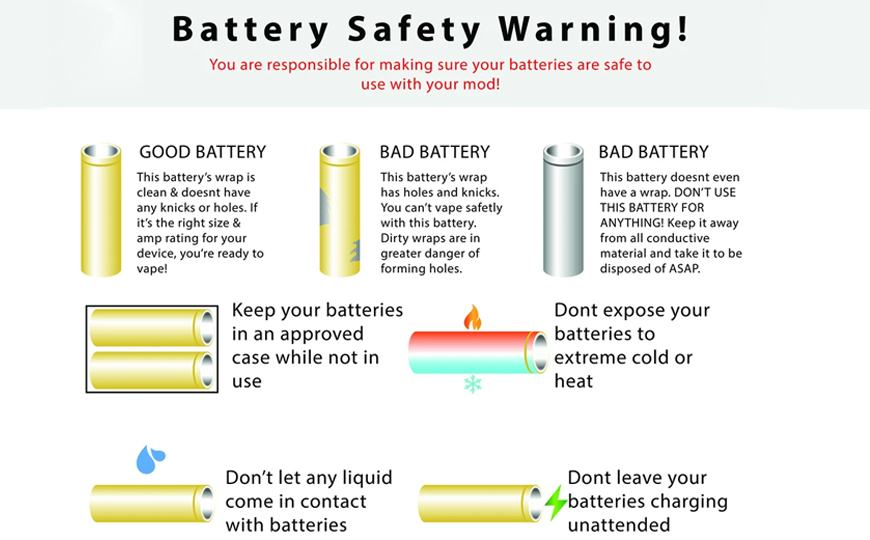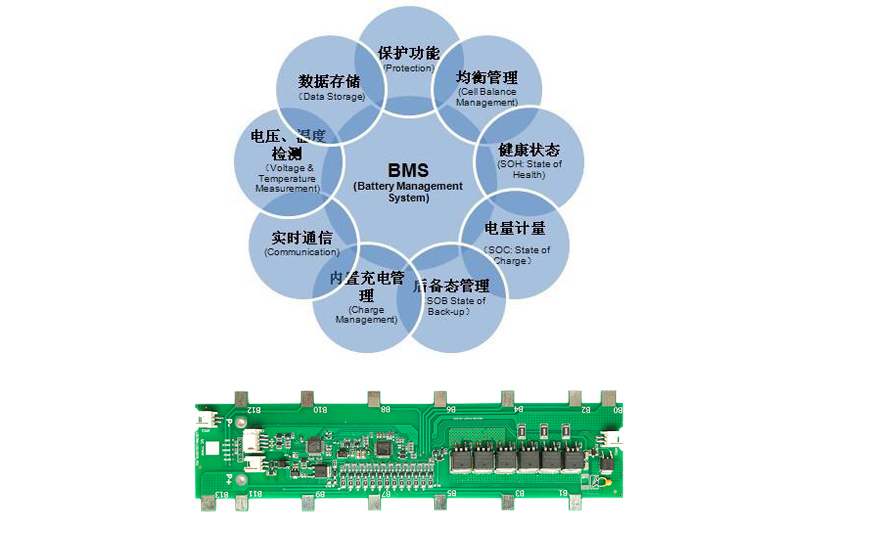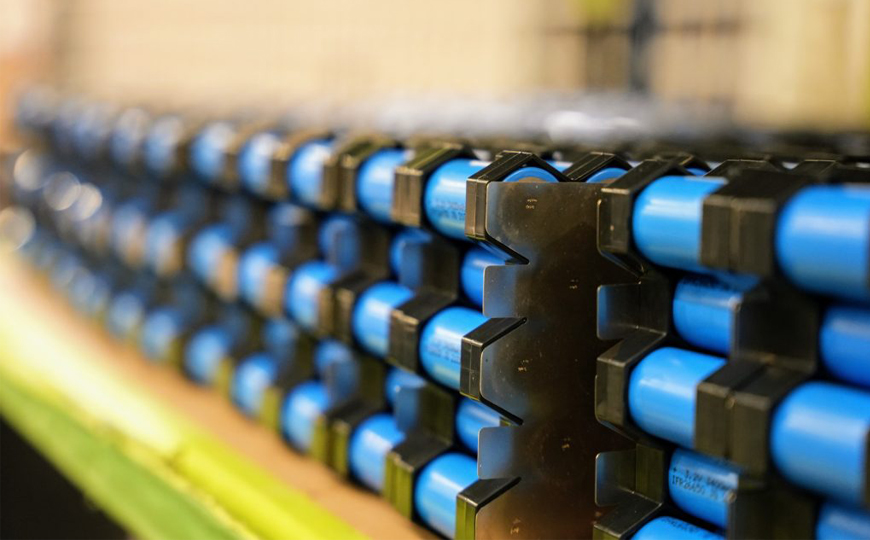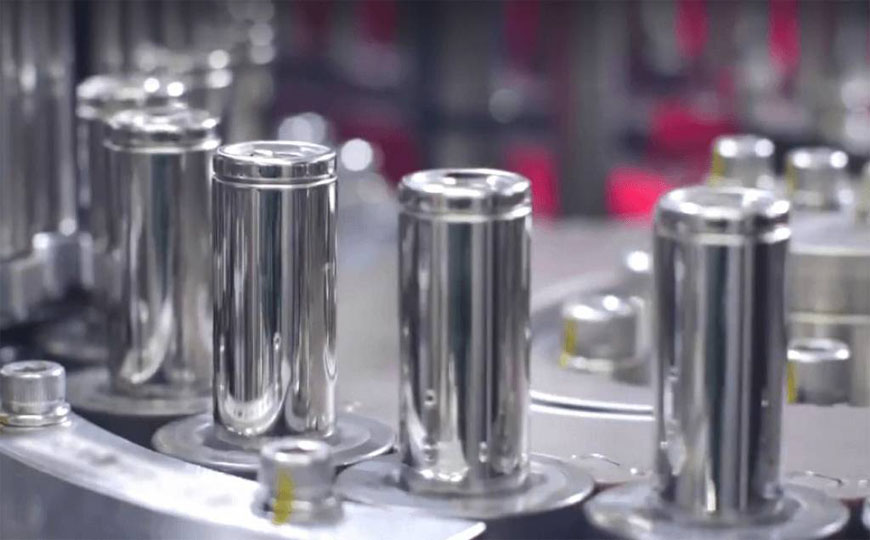
Battery Maintenance Safety Tips
Performing maintenance on flooded lead-acid batteries is simple, but one should always think about safety first. According to a variety of occupational safety and hazard organizations, nearly 2,300 people in the U.S. are injured each year while working with or around lead acid batteries. To prevent accidents or injuries when working on or around batteries, it is important to implement these 10 safety procedures:
1) Always wear protective eyewear and gloves. The electrolyte in flooded lead-acid batteries contains sulfuric acid. The electrolyte can not only damage clothes, but it will burn skin if left untreated. If you come into contact with the battery’s electrolyte, wash and flush the area with water immediately. If it comes into contact with your eyes, flush immediately with water for 15 minutes and promptly seek medical attention.
2) Eliminate sources of sparks or flames. Charging lead-acid batteries produce hydrogen and oxygen gases from the electrolyte. When performing maintenance on lead-acid batteries, a spark or flame can ignite these gases and could cause the battery to explode.
3) Keep metal tools and jewelry away from batteries. Non-insulated tools or jewelry can run the risk of arcing if accidental contact is made between a battery terminal and grounded frame or another terminal. Also, gold or silver jewelry can become extremely hot if contact is made. Always wear gloves and use insulated tools to remove terminals and battery hold-downs.
4) Use caution when removing a lead-acid battery. Lead acid batteries are heavy and many accidental injuries occur when lifting or moving batteries by hand. Use a battery carrier or make sure you have a good grip on the battery and have the strength to hold it safely.
5) Keep a neutralizing solution close by. A baking soda and water solution neutralizes the sulfuric acid in the battery’s electrolyte. Create a small solution in a jar or container and keep it close by. If some electrolyte is accidentally spilled, you can immediately use the solution to clean the area, then rinse with water.
6) Use the correct type of charger. Not all battery chargers are the same or work properly on a flooded lead-acid battery. Refer to the manufacturer’s recommendations on how to properly charge the battery and make sure your charger provides the best algorithm that maximizes battery life and power output. Battery charging should always be done in a well-ventilated area.
7) Maintain electrolyte at proper levels. Never use a garden hose to fill batteries. Use only distilled or deionized water in a watering pitcher, water caddy or an automated watering system to properly fill batteries. Never fill battery cells above the level indicator. If the electrolyte level is below the tops of the battery plates prior to charging, add just enough water to cover them. Once the battery has been fully recharged, bring the water level up to approximately ¼ inch from the bottom of the fill well indicator. Never fill a low cell all the way to the fill well indicator before charging.
8) Store batteries in a cool, dry and ventilated area. If you store large quantities of batteries, be sure the area is clear of any heat sources, flames, and sparks. Clearly post “No Smoking” and “Flammable” signs in the area.
9) Make sure battery vent caps are fully seated in place. Loose or improperly seated vent caps can spill electrolyte and expose the gases inside the battery to conditions that could cause an explosion.
10) Dedicate an area for battery maintenance. Prevent accidents by dedicating an area for battery maintenance that has properly insulated tools, protective wear, a wash station, ventilation and plenty of workspace.



